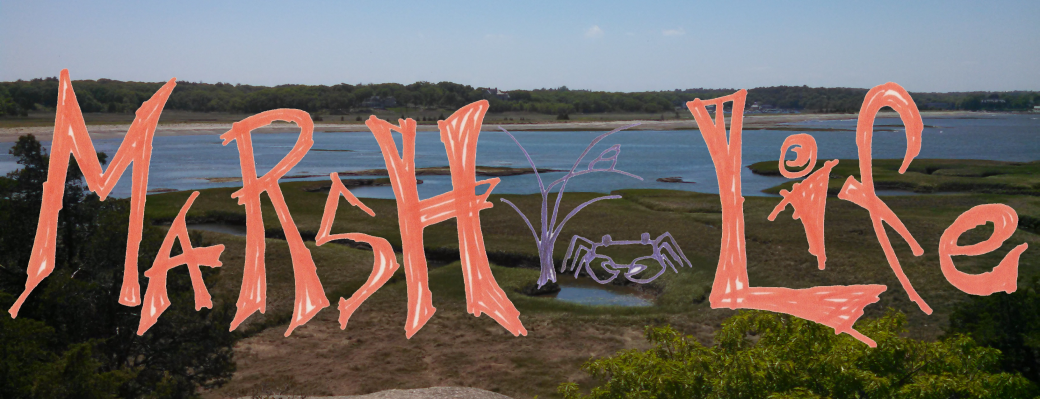An enormous component of what creatures live in the salt marsh are tiny insects and speedy spiders. Because of this, we have developed a highly technical method of catching things like mites, spiders, flies, grasshoppers, amphipods, or beetles– a giant marsh vacuum!
The Marsh Suction Sampler is simply a Stihl leaf blower with a vacuum attachment placed on the air intake valve. The end of this attachment, made from a flower pot, is lined with fabric (muslin cloth or tulle work the best) to collect all the animals that are sucked up. Once the whole plot is sampled, we take the cloth off and place it into a Ziplock. Then we take the sample back to the lab and, under a microscope, count and identify all of the bugs that we sucked up.
Below are a couple of pictures from that first sample. We found high total abundances and a great diversity of bug-types including ferocious but minuscule spider predators, scavenging beetles, excited crickets, biting gnats, spastic flies, and (my personal favorite) the beautiful red velvet mite


